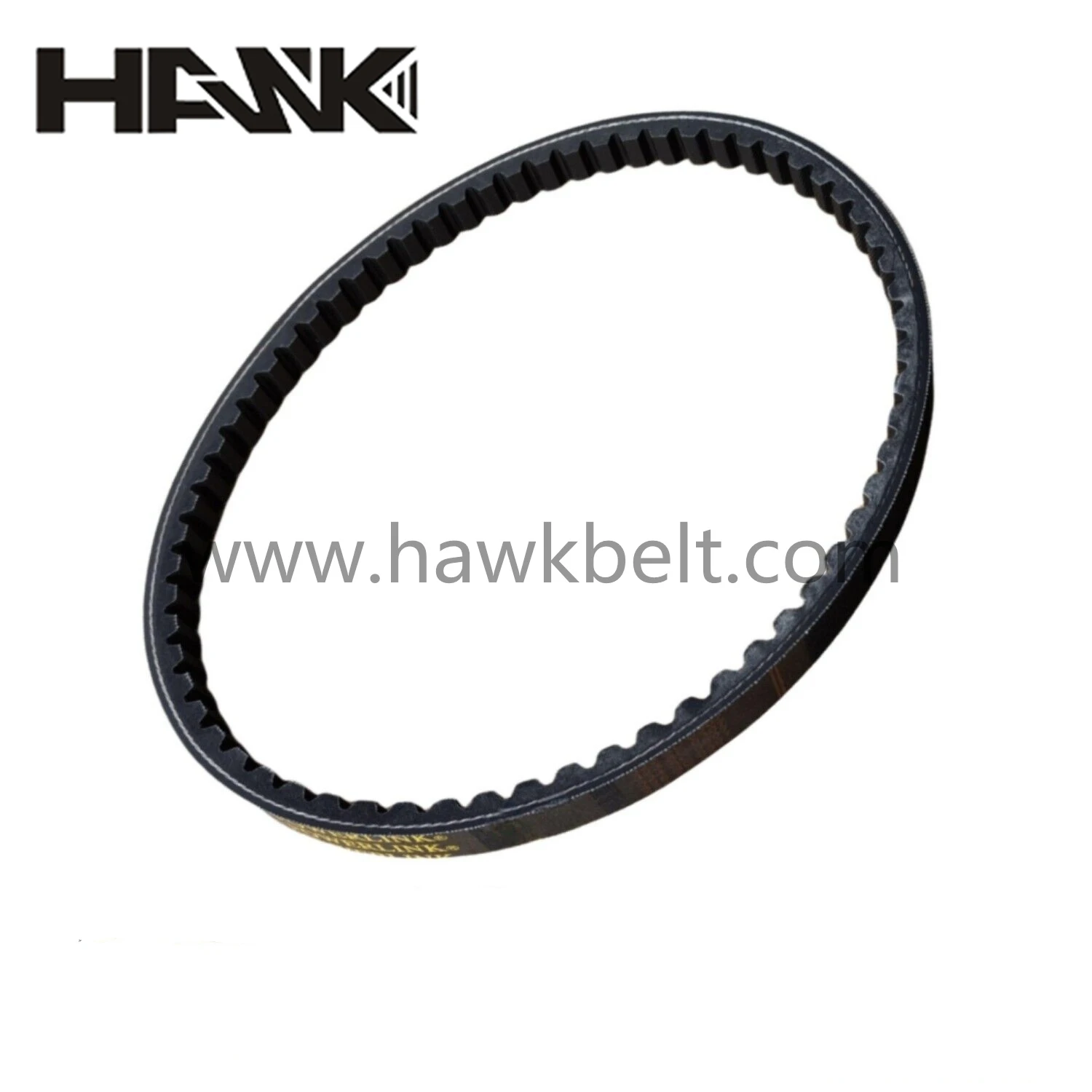- Arabic
- French
- Russian
- Spanish
- Portuguese
- Turkish
- Armenian
- English
- Albanian
- Amharic
- Azerbaijani
- Basque
- Belarusian
- Bengali
- Bosnian
- Bulgarian
- Catalan
- Cebuano
- Corsican
- Croatian
- Czech
- Danish
- Dutch
- Afrikaans
- Esperanto
- Estonian
- Finnish
- Frisian
- Galician
- Georgian
- German
- Greek
- Gujarati
- Haitian Creole
- hausa
- hawaiian
- Hebrew
- Hindi
- Miao
- Hungarian
- Icelandic
- igbo
- Indonesian
- irish
- Italian
- Japanese
- Javanese
- Kannada
- kazakh
- Khmer
- Rwandese
- Korean
- Kurdish
- Kyrgyz
- Lao
- Latin
- Latvian
- Lithuanian
- Luxembourgish
- Macedonian
- Malgashi
- Malay
- Malayalam
- Maltese
- Maori
- Marathi
- Mongolian
- Myanmar
- Nepali
- Norwegian
- Norwegian
- Occitan
- Pashto
- Persian
- Polish
- Punjabi
- Romanian
- Samoan
- Scottish Gaelic
- Serbian
- Sesotho
- Shona
- Sindhi
- Sinhala
- Slovak
- Slovenian
- Somali
- Sundanese
- Swahili
- Swedish
- Tagalog
- Tajik
- Tamil
- Tatar
- Telugu
- Thai
- Turkmen
- Ukrainian
- Urdu
- Uighur
- Uzbek
- Vietnamese
- Welsh
- Bantu
- Yiddish
- Yoruba
- Zulu
Aug . 13, 2024 19:06 Back to list
Exploring the Performance and Benefits of the GT3 Timing Belt in Automotive Engineering
Understanding the GT3 Timing Belt An Essential Component in Performance Vehicles
In the world of automotive engineering, the timing belt plays a crucial role in the efficient performance of an engine. Among the various types of timing belts available, the GT3 timing belt stands out for its unique design and capabilities, particularly in high-performance settings such as motorsports and racing applications.
What is a Timing Belt?
A timing belt is a rubberized strip featuring reinforced fibers that synchronizes the rotation of the camshaft and crankshaft in an internal combustion engine. This synchronization is vital for ensuring that the engine’s valves open and close at the correct times during each cylinder's intake and exhaust strokes. If this timing is off, it can lead to poor engine performance, increased emissions, or even catastrophic engine failure.
The GT3 Timing Belt Overview
The GT3 timing belt, specifically designed for high-performance vehicles, is a type of synchronous belt that uses a tooth design to provide a secure connection between the pulleys of the camshaft and crankshaft. The GT in GT3 stands for Gates Toothed, highlighting its origins from a renowned manufacturer of automotive belts and hoses, Gates Corporation. The number 3 refers to the belt’s tooth pitch, which is approximately 3mm.
One of the primary advantages of the GT3 design is its ability to handle high torque loads and resist wear under extreme operating conditions. This makes it ideal for performance applications, where standard belts might fail due to the increased stress.
Key Features
1. High Load Capacity The GT3 timing belt can manage higher loads compared to traditional timing belts, thanks to its robust construction and excellent tensile strength. This feature is essential in racing and performance scenarios where engines are pushed to their limits.
gt3 timing belt

2. Precision Control The tooth profile of the GT3 belt ensures a tight fit with the pulleys, providing precise control over engine timing. This is crucial for maximizing engine efficiency and performance.
3. Low Stretch and Wear Unlike traditional rubber belts, the GT3’s materials exhibit minimal stretch and wear, contributing to longevity and reliability. This characteristic translates into less frequent replacements and maintenance, reducing downtime for performance vehicles.
4. Versatile Applications While originally designed for motorsport, the GT3 timing belt has found applications in various sectors, including automotive tuning, high-performance street vehicles, and even some industrial machines requiring precision timing.
Maintenance and Replacement
Despite their durability, timing belts, including the GT3, require regular inspection and eventual replacement, typically recommended every 60,000 to 100,000 miles, depending on the vehicle manufacturer's guidelines. Regular maintenance is critical, as a failing timing belt can lead to significant engine damage, resulting in costly repairs.
During an inspection, mechanics should look for signs of wear, such as cracking, fraying, or glazing. It’s essential to replace the belt in conjunction with tensioners and pulleys, as these components can also wear and impact the performance of the timing system.
Conclusion
The GT3 timing belt represents the marriage of innovation and engineering excellence, making it a preferred choice for those interested in optimizing their vehicle’s performance. Its unique design and robust features cater to the demands of high-performance engines, ensuring that synchronizations occur flawlessly under the most strenuous conditions. Whether you're a motorsport enthusiast or simply seeking to enhance your vehicle's capabilities, understanding and utilizing the right timing belt, such as the GT3, can make a significant difference in your engine's reliability and performance.
-
Korean Auto Parts Timing Belt 24312-37500 For Hyundai/Kia
NewsMar.07,2025
-
7PK2300 90916-T2024 RIBBED BELT POLY V BELT PK BELT
NewsMar.07,2025
-
Chinese Auto Belt Factory 310-2M-22 For BMW/Mercedes-Benz
NewsMar.07,2025
-
Chinese Auto Belt Factory 310-2M-22 For BMW/Mercedes-Benz
NewsMar.07,2025
-
90916-02660 PK Belt 6PK1680 For Toyota
NewsMar.07,2025
-
drive belt serpentine belt
NewsMar.07,2025

